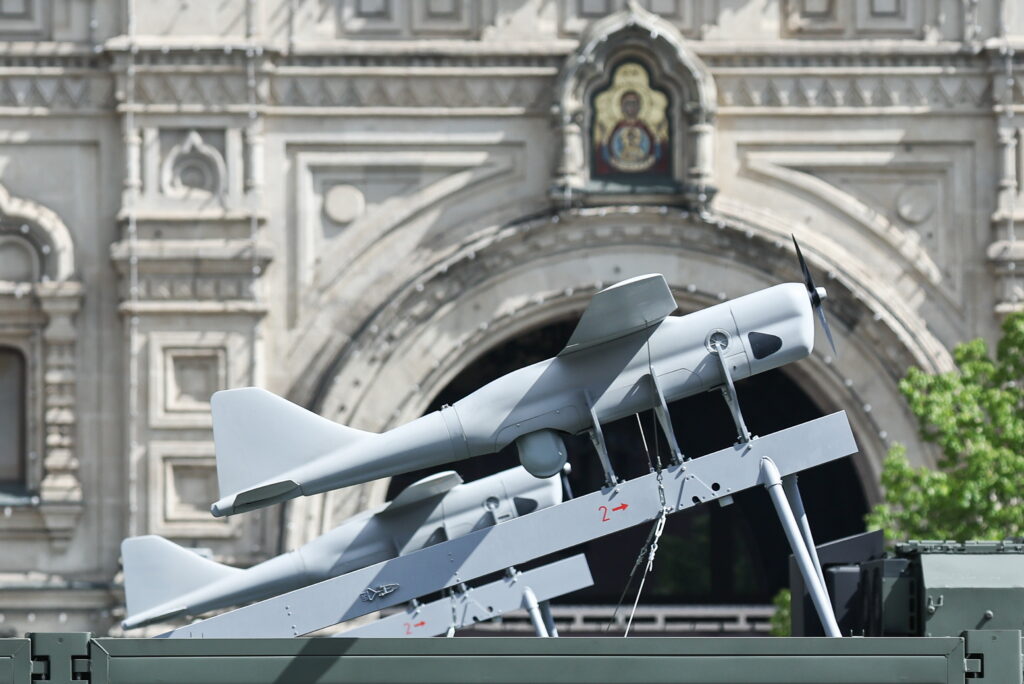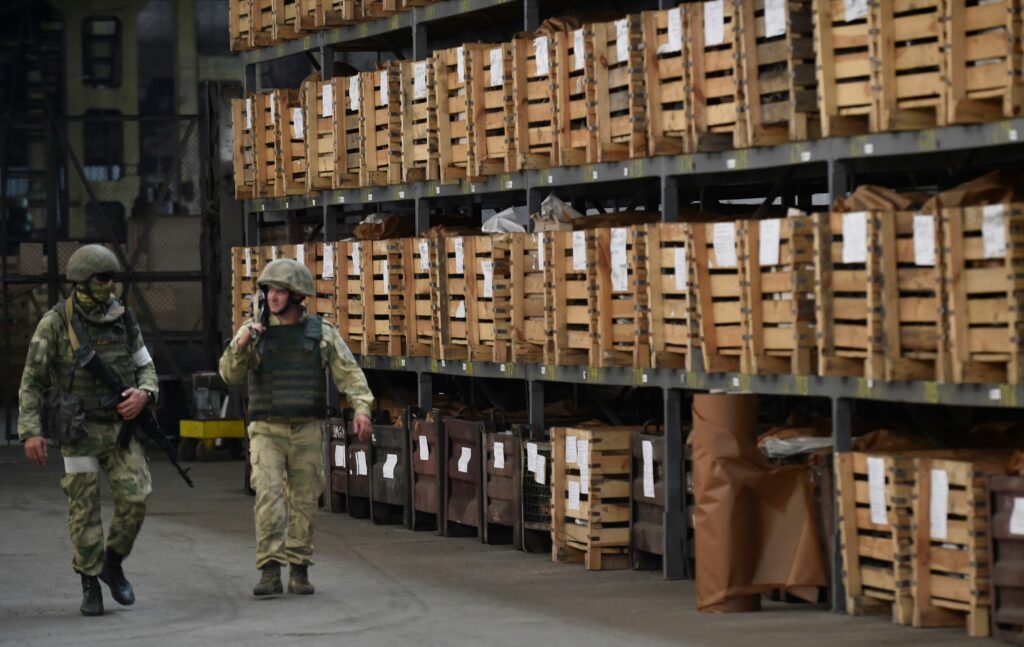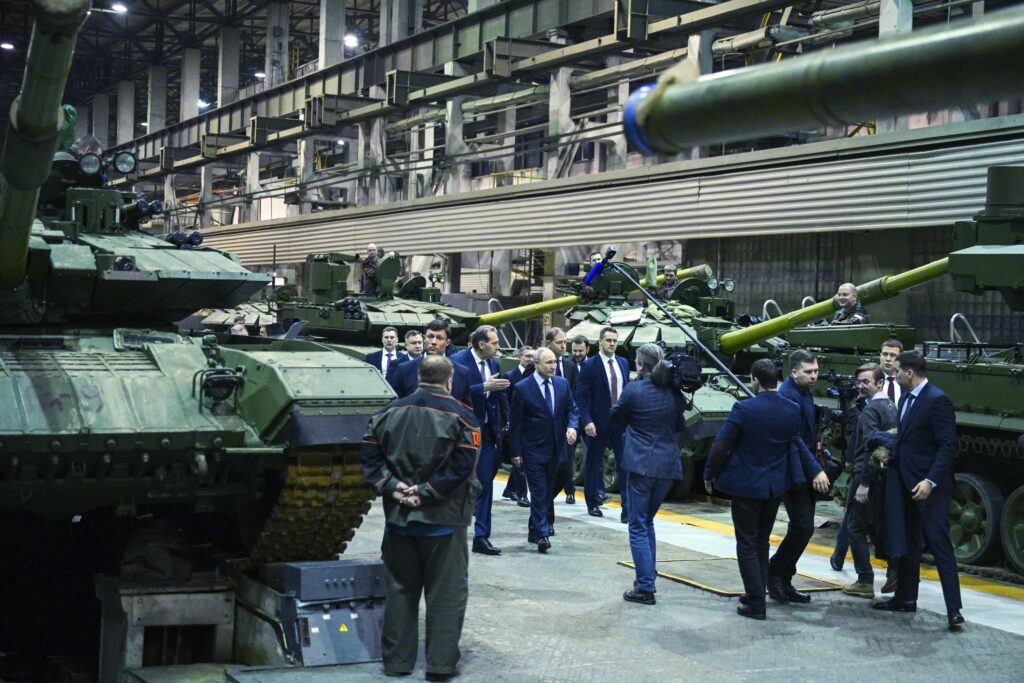The Russian-Belarusian military exercises dubbed ‘Union Resolve 2022′, which officially ended on 20 February 2022, coupled with the announced involvement of the Belarusian military in the Russian ‘Vostok 2022′ exercises and the agreement to station the personnel at a Russian airbase in Syria, are a token of some qualitative changes in the interaction between the Russian and Belorussian armed forces. The interaction of the two countries differs greatly from their cooperation with other members of the Collective Security Treaty Organisation (CSTO). At the same time, the question about the prospects of a permanent military presence of Russian servicemen on the Belarusian territory remains open.
Quite clearly, Moscow and Minsk are playing a complex game with each other over the degree of military autonomy that Belarus is likely to retain vis-à-vis Russia under further integration of the Union State of Russia and Belarus. The future degree of political autonomy of Belarus as a country as well as the Belarusian political elite will also depend on how this issue is going to be resolved. As far as one can judge, Lukashenka is still using all his efforts to resist the immediate presence of a full-fledged Russian military base on the territory of his country. However, the Kremlin shows a certain degree of flexibility on this issue, as well as readiness to get what it wants by consistently deepening the interactions between the armed forces of the two countries that cannot be reduced merely to joint military exercises.
The key differences between ‘Union Resolve 2022′ and ‘Zapad 2021′
The first and key difference is the sudden emergence of ‘Union Resolve 2022′, which are not even officially called exercises but a test of the Union State’s response force. Whereas the regular strategic exercises called ‘Zapad’ (West) that took place a few months earlier, in September 2021, had been announced well in advance (they are held once every four years), news about the most recent exercises broke merely three weeks before their start. While ‘Zapad’ exercises are only partially held on Belarusian territory, ‘Union Resolve’ were officially held exclusively in Belarus.
Moreover, the number of Russian troops deployed in the latter case even exceeded the number of military personnel who came from Russia to Belarus for ‘Zapad’ in 2017 and 2021. Back then, the figure was 2500 to 3000 people whereas the current number has been estimated to be as high as 30,000. However, this figure may actually stand, based on a conservative estimate, at 5000 to 7000 if we consider the visibility of these exercises and assurances made by Russian and Belarusian commanders that the parameters of the Vienna Document will be strictly observed. The latter document allows countries to avoid an official notification if the troops involved in proposed exercises do not exceed 9,000 people. Thus, the number of Russian military personnel that arrived in Belarus from the Eastern Military District in January and February 2022 was at least twice as high as the number normally used for ‘Zapad’ exercises.
Quite understandably, this was related to Russia’s gamble on raising the stakes in relations with the West in general and around the Ukrainian issue in particular. However, in addition to the standard defensive and offensive training of troops, the exercises also involved the practical protection of key governmental and military facilities, as well as the stabilisation of the humanitarian situation. In fact, this suggests that the Russian military were learning how to act in case of an acute internal political crisis within Belarus. In all appearances, the possible scenarios for such a crisis contemplated by Moscow go beyond, for instance, the January 2022 events in Kazakhstan. Simply speaking, the Russian authorities assume that any possible Belarusian internal political crisis and Russian response would inevitably entail a serious crisis in relations with NATO. Or quite the opposite: any serious crisis in relations with NATO, which could quickly escalate into an open conflict, could lead to an internal political crisis in Belarus, with Moscow being forced to give a harsh response.
Furthermore, the relatively high number of Russian troops arriving for the current exercises in Belarus indicates that Russia has embarked on a course of further military expansion into the Belarusian territory. In this context, the issue of permanent presence of Russian troops in Belarus is becoming increasingly urgent for the Russian leaders.
The military base that Lukashenka avoids
Riddle has previously discussed why Russia is interested in establishing a military base in Belarus. Since then, however, Minsk has stubbornly resisted the establishment of such a base. In exchange, Lukashenka has suggested that Russian planes could station at the existing Belarusian bases and be used jointly, which led to the establishment of a joint training-and-combat centre for air force and air defence specialists at the Baranovichi airbase in autumn 2021. Lukashenka also regularly uses a variety of rhetorical tricks, ranging from making a hyperbolic promise to host the entire Russian army on Belarusian territory in case of a real threat from NATO to expressing a desire to acquire Iskander‑M guided missile systems and an absolutely nonsensical readiness to host Russian nuclear weapons in his country.
Clearly, the Belarusian leader must understand that the export of Iskander‑M systems (with a range up to 500 km) is impossible in light of Russian commitments under the Missile Technology Control Regime (MTCR). Of course, Russia could theoretically supply Belarus with Iskander‑E (with a range below 300 km), but Lukashenka is unlikely to be bargaining for these missiles. As for nuclear weapons, even non-strategic ones, Russia has used the decades after the collapse of the Soviet Union to develop an organisational and technical system to manage, store and provide logistics for nuclear weapons that makes it highly complicated and virtually pointless (if not impossible) to deploy such weapons in Belarus. Indeed, even if Russia decided to deploy such weapons, this would entail much more than just an establishment of one simple military base. And Lukashenka certainly must understand this fact. All this is just a way to repeatedly postpone the deployment of a Russian military base and take advantage of the fact that Lukashenka needs to discuss this issue with only one man in Russia, probably playing around the complexity of the Russian bureaucratic system, with its inevitable contradictions and conflicting priorities.
Nevertheless, Moscow appears to have changed its approach. Instead of wasting time trying to resolve the constantly postponed issue of a military base, it has pursued the Russian-Belarusian military agenda in those spheres where the outcome is attainable and ensures progress towards the ultimate goal, i.e. military advancements into the Belarusian territory with uncontested control over the country.
Western connivance to a permanent military presence
Alongside the aforementioned training-and-combat centre at the Belarusian airbase, two similar joint centres are to be established in the Nizhny Novgorod region and near Kaliningrad. Thus, military integration within the Union State continues, regardless of Lukashenka’s resistance to the emergence of a Russian military base.
The same can be said about the announced participation of the Belarusian military in the ‘Vostok 2022′ exercises. Seemingly, there is nothing unusual about it: after all, several hundred of soldiers have repeatedly participated in ‘Zapad’ exercises on Russian territory. Moreover, other countries, such as China and Mongolia, have also taken part in ‘Vostok’. However, in the current case, as with the transfer of Belarusian peacekeepers to Kazakhstan, the logistics will entirely depend on Russia whereas the practice of soldiers’ arrival in the Far East is probably going to become a component of the exercises.
Another fact of no less importance is the agreement permitting the Belarusian military personnel to participate in humanitarian aid in Syria, with up to 200 people stationed within the Russian airbase at the expense of the Russian side. Despite the relatively modest scale of the mission, it has both symbolic and applied significance: Russian military commanders are learning how to interact with the Belarusian armed forces and command their units on a daily basis. Furthermore, it is also possible that Russia could expand its military presence on Belarusian territory in a similar manner, i.e. by stationing Russian units and formations at key Belarusian bases. In other words, Moscow may no longer need a military base of its own at some point because a permanent substantial Russian military presence will be ensured anyway.
Finally, the current international crisis is the last important component of Russian tactics in relations with Belarus. Given the concentration of troops along the Ukrainian borders, a spike of tensions in Donbass and harsh rhetoric pouring from all sides, no one asks how far Russia plans to go when strengthening its military presence in Belarus. The West seems to have tacitly accepted the ongoing military integration within the Union State.










